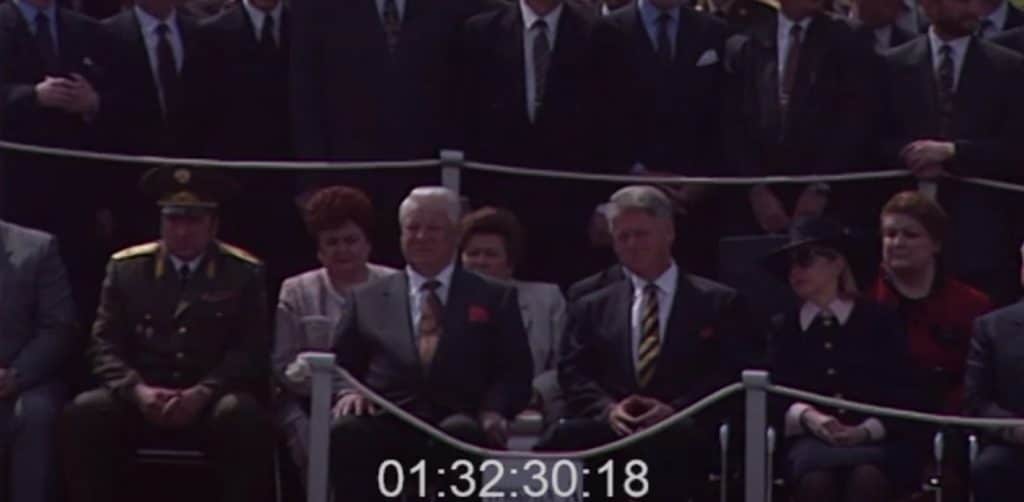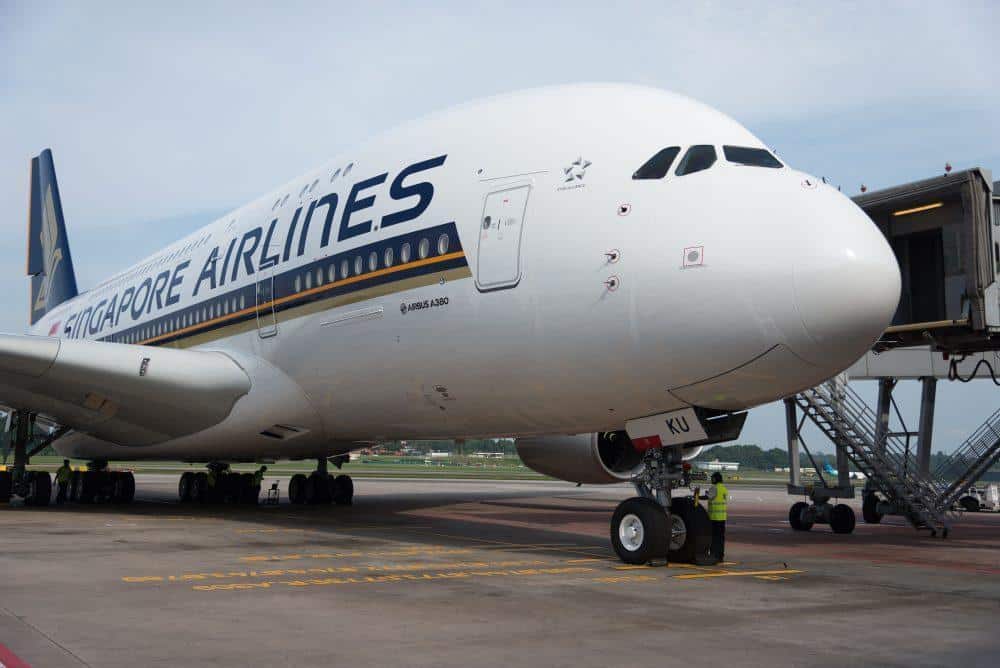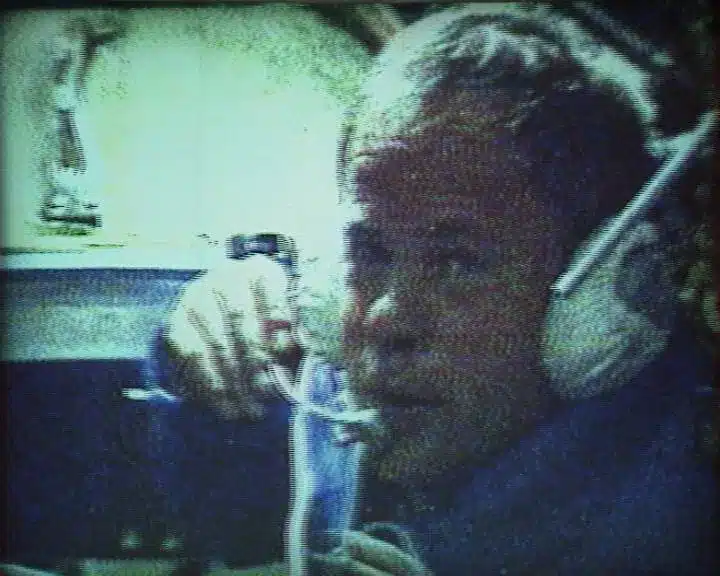Delve into the chilling world inside the Kursk, a Russian nuclear submarine. Here we present Control rooms to reactor compartments, torpedo rooms to crew quarters. Experience the maze-like interiors designed to survive the deep ocean’s pressure.
Views of Submarine compartments designed to survive the deep ocean’s pressure
Remember the tragic event of August 2000. 118 brave souls lost their lives in the Barents Sea. The Russian government’s delayed response drew global criticism.
See the Kursk in its prime and its recovery from the seabed in 2001. Discover the Kursk’s story as never told before. All exclusive to TVDATA.TV. Don’t miss it!
The Kursk was an Oscar-II class submarine, specifically known as Project 949A Antey in Russia. It was a nuclear-powered cruise missile submarine operated by the Russian Navy. The submarine was designed for anti-ship and anti-submarine warfare. It was equipped with 24 P-700 Granit (NATO code: SS-N-19 Shipwreck) supersonic cruise missiles, along with several types of torpedoes, including both conventional and nuclear types.
Here are some of the interior components of the submarine:
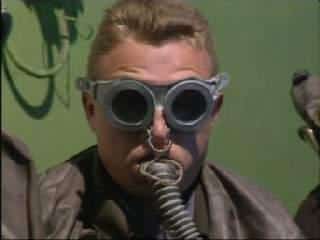
This particular segment of the video portrays a moment of camaraderie and cooperation aboard the Kursk submarine. It focuses on two Russian Navy personnel in a close-up view, enhancing the emotional and visual impact of the scene. The urgency or calm with which this task is performed can add layers to the scene heightening the sense of emergency.
Reactor Compartment: This houses the nuclear reactor that powers the submarine. The Kursk was powered by two pressurized water reactors.

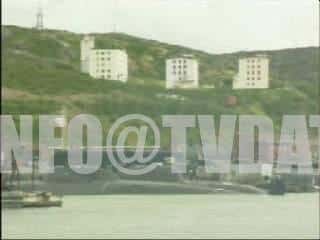
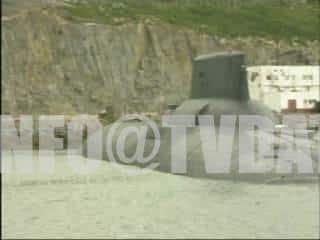
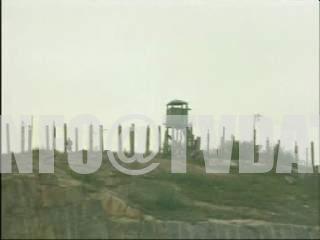
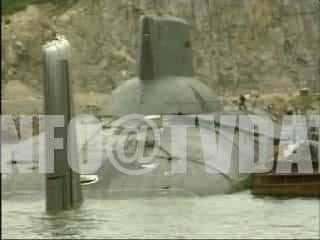



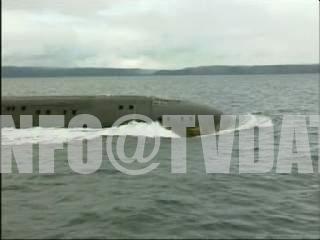
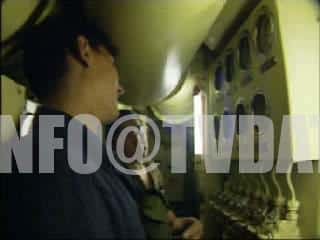
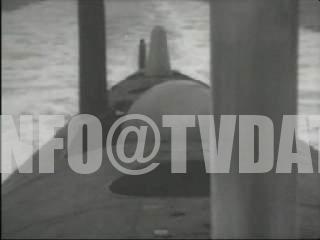







- Control Room: This is where the ship is controlled. It would contain navigation systems, communication systems, and the periscope controls.
- Torpedo Room: This is where the torpedoes and cruise missiles are stored and launched. The Kursk was capable of carrying up to 24 cruise missiles and a mix of torpedoes.
- Living Quarters: This is where the crew lives and sleeps. As an Oscar-II class submarine, the Kursk could carry a crew of approximately 100.
- Engine Room: This is where the steam turbine and reduction gears are located, which are used to propel the submarine.
- Sonar Compartment: This is where the sonar systems are housed, used for navigation and detecting other vessels.
You can apply this videos to other Russian Submarine stories but Remember that the layout and contents can vary somewhat between different submarines even of the same class
as refits and Modernization can add, remove, or change components
The interior of a submarine like the Kursk is a maze of tight corridors, small rooms, and machinery, all designed to fit within a hull built to withstand the immense pressure of the deep ocean. The Kursk sank in the Barents Sea on August 12, 2000, following an onboard explosion. The incident resulted in the death of all 118 crew members and officers. The Russian government faced significant criticism for its handling of the incident, particularly its slowness to accept international assistance. The Kursk was raised from the seabed in a complex operation in 2001.
As of my last update in September 2021, there has been no public release of “unseen footage” of the Kursk submarine before or after the disaster.
It’s important to note that certain military activities, especially those of a sensitive nature, tend to be highly classified, and the release of footage can be restricted for a long period of time, if not indefinitely.
For context, the Kursk was a Russian nuclear submarine that sank in the Barents Sea on August 12, 2000, following onboard explosions. All 118 crew members perished. The disaster was a significant event for the Russian Navy and led to international offers of assistance and subsequent discussions about submarine rescue capabilities.
If there were new developments or footage released after September 2021, I would recommend checking trusted news outlets, official government publications, or the Russian Ministry of Defence for the latest updates. Always ensure you are getting information from credible sources when it comes to matters of national security or significant historical events.
#AndreevBay
Though not directly linked, the tragic tale of the Kursk submarine, which sank in 2000, echoes the challenges of nuclear submarine operations. 🚢 Our collection doesn’t include specific Kursk footage at Andreev Bay, but it’s an unforgettable chapter in naval history.


